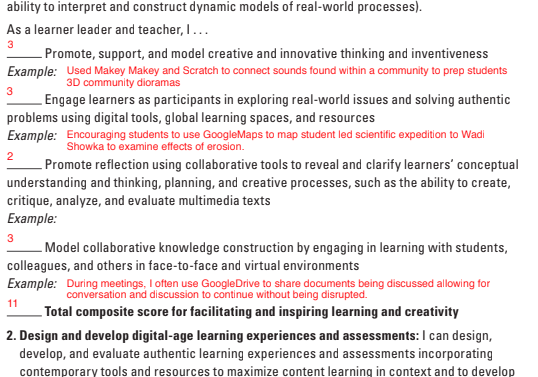In 1994 McClure defined network literacy as “the ability to identify, access, and use electronic information from the network.” According to McClure to be literate meant to have the skills to retrieve, manipulate or enhance information and an understanding of how networked information is generated, managed, and made available across systems.
Before I go any further let’s just quickly go over what was happening in the world of networks at that time. In 1990 physicist, Tim Berners-Lee developed HTML. 1991 the National Science Foundation changed its policy to allow pubic access to the internet network. 1993 introduces Mosaic and in 1994 comes McClure.
McClure’s approach to network literacy, is audio, text visual if you could access it and have some sort of understanding how it was stored and generated made you literate.
Now fast-forward 17 years to 2011. Howard Rheingold created a two part YouTube series, discussing what he considers network literacy. He went into great detail about how networks’ architecture changes so does it value. He compared the rules of Sarnoff, Metcalfe & Reid to justify this.
-
- Sarnoff: Value = Nodes
- Metcalfe: Value = Nodes2
- Reid: Value = 2Nodes
But what does network design, value and literacy have in common? I had to work backwards for this one. The design or architecture of a network informs how we use it and how we use it informs it’s value. I consider how we use a network to be network literacy.
Now Reed’s law suggests that a networks value increases the more it provides opportunity for collaboration. The more we are able to connect the stronger the network value. Networks in 2011 and today are designed to facilitate connectivity and collaboration, in 1994 they weren’t.
Whilst there are similarities between the two approaches to network literacy such as the importance of understanding how networks work , the major difference is the emphasis placed on collaboration.
A lot has happened since 2011. Cloud computing has taken off and networked learning is becoming more and more prevalent. Applying Rheingolds thinking, what we defined as network literacy will continue to change as the networks architecture changes.



